
Software for Risk Analysis and Failure Prevention
Evaluate potential risks in product and process failures
FMEA Generation Through Knowledge Database
Fast, reliable and standards-compliant according to AIAG & VDA
The CASQ-it FMEA software is your reliable, standards-compliant tool for systematically and proactively evaluating potential risks associated with product and process failures, as well as analyzing their causes and effects. Beyond analysis, CASQ-it FMEA also manages the complete documentation and tracking of preventive actions.
The software fully supports you in complying with the guidelines of the latest AIAG & VDA FMEA Handbook. Its exceptionally close integration with CASQ-it CPL (Control Plan) and CASQ-it IPL (Inspection Planning) ensures a seamless product development process (PDP).
CASQ-it FMEA can operate as a standalone solution or seamlessly integrate with other CASQ-it modules — providing a tailored solution to meet your specific requirements.
Want to gain a general overview of FMEA and understand what it can do for your business? We've put together the key information you need about FMEA.
Benefits of Our Failure Mode and Effects Analysis Software
How CASQ-it FMEA supports your development and product creation processes
FMEA Software in the Development/Product Creation Process
Preparation and Project Planning
TO DO:
The first step involves defining the basic framework for the FMEA.
A set of important aspects is relevant for this, including the "5Ts" according to the harmonized AIAG/VDA FMEA Handbook:
- Intent/purpose
- Team
- Timing/milestones
- Catalogs for utilizing existing knowledge (lessons learned)
- Interfaces, including those with the end customer
- The chosen FMEA method and tool Scope and level of detail
- Task assignments
In practice, a kickoff protocol has proven useful for establishing these definitions and guiding project planning.
The goal of Step 1 is to ensure that all participants share a clear understanding of the expected effort and to reduce workload through structured preparation. This initial setup also forms the foundation for the subsequent analyses, including the FMEA structure analysis, functional analysis and failure analysis.
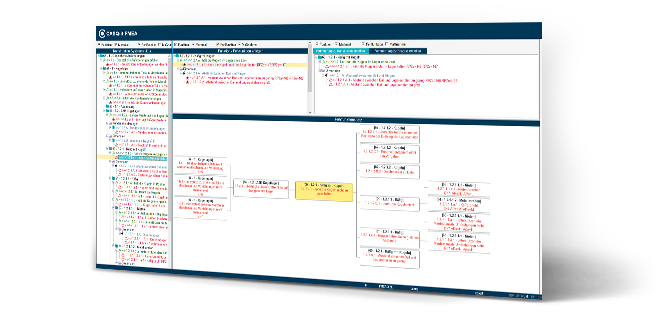

 Structure Analysis
Structure Analysis
TO DO:
The structure analysis maps out the product or process structure using a Design FMEA or Process FMEA. The scope and level of detail defined in Step 1 become visible through the structure analysis.
System elements identified in this step serve as anchors for assigning functions and understanding hierarchical relationships.
CASQ-it FMEA:
The FMEA software systematically guides you through the structure analysis:
- Tree structures help you maintain a clear overview of your FMEA.
- Graphical system networks visualize the complete product structure and process chain to any desired level of detail.
- For less complex systems, CASQ-it FMEA also offers an intuitive, simplified logic based on the AIAG 4th Edition standard.
- Smart, self-learning catalogs suggest relevant terms automatically. Over time, this builds an extensive knowledge database, allowing new FMEAs to be created much faster.
- FMEA templates ensure that design or process changes are quickly applied across all linked FMEAs. These FMEA templates, such as group or family FMEAs, can also be used to create new, specific FMEAs in a fraction of the usual time.
Function Analysis
TO DO:
The function analysis is developed in parallel with the structure analysis. Functions are assigned to the system elements based on requirements, existing specifications and past experience. These functions are then broken down into subsystems, assemblies and components — or into processes, process steps and influencing factors, respectively. This hierarchical mapping helps identify interdependencies and deepens the product and process understanding among all participants — an essential foundation for the subsequent failure analysis.
CASQ-it FMEA:
CASQ-it helps you visualize your functional analysis in transparent networks. This ensures transparency and easy navigation through related functions. Whether for process or product analysis, characteristics can be added along with their tolerance specifications. Critical and safety-relevant characteristics are visually flagged with intuitive graphical symbols.
Functions and characteristics from the Design FMEA can be directly linked to the corresponding steps in the Process FMEA to provide extra transparency. This results in superordinate function and malfunction networks that graphically illustrate the interrelationships between product design and process.
Existing process steps from your FMEA are imported directly into your control plan — complete with all product characteristics and process parameters, which are further detailed in the inspection plans.
Take Your Failure Mode and Effects Analysis to the Next Level
 Failure Analysis
Failure Analysis
TO DO:
The goal of the failure analysis is to clearly identify failure effects, failure modes and root causes.
These elements are then linked through a hierarchical structure. By mapping these failure chains, it becomes immediately clear which process risks have a direct impact on the end customer.
Failure effects can also be shared and utilized collaboratively between customers and their suppliers — and further down the supply chain with their respective suppliers.
CASQ-it FMEA:
With CASQ-it FMEA, you can systematically identify and link failure causes, effects and their interdependencies. This creates a continuous failure chain, clearly visualized in intuitive network diagrams. In the event of a customer complaint, it is immediately visible which additional failure effects might be expected.
All information on failure modes, root causes and effects is automatically transferred into standards-compliant print forms, such as the official FMEA worksheet.
Risk Assessment and Action Analysis
TO DO:
The objective of the risk assessment is to identify and prioritize risks. Each risk is evaluated based on severity, occurrence and detection. Following the guidelines of the harmonized AIAG/VDA FMEA Handbook, the focus is on:
- Assigning appropriate prevention and detection actions
- Evaluating each failure chain in terms of severity, occurrence and detection
- Prioritizing failure chains and establishing task priorities
- Enhancing collaboration between customers and suppliers (for severity assessment)
CASQ-it FMEA:
Evaluating functional and failure relationships is made especially easy with CASQ-it FMEA through catalog-based support.
Graphical failure mode networks provide a visual aid for root cause analysis.
The multilingual, catalog-driven failure selection helps your FMEA team define the necessary actions. The catalogs suggest proven formulations that have already been used in previous FMEAs, making existing knowledge easy and efficient to leverage.
For risk assessment, you can choose between standards-compliant evaluation models and your company's custom rating systems.
Whether using the Risk Priority Number (RPN) or Action Priority (AP), potential weak points, risk areas and root causes in a product or process are immediately visible to the FMEA team.
CASQ-it FMEA systematically guides you from identifying possible failure modes all the way to establishing effective detection and prevention actions.
Optimization
TO DO:
Optimization focuses on identifying further prevention and detection actions where current risks remain above acceptable levels.
The objective is to propose and implement additional measures that either prevent potential risks or increase the likelihood of detection. This process is repeated until all risks are reduced to an acceptable level.
CASQ-it FMEA:
The clear, structured risk assessment of all current prevention and detection actions immediately highlights areas requiring further risk mitigation. Based on assigned responsibilities and deadlines, CASQ-it FMEA, in combination with CASQ-it Event Service, ensures timely processing of actions. Each employee receives a personalized to-do list showing their open tasks.
Whether working within the FMEA module or via the centralized task management tool, CASQ-it TMS, CASQ-it Event Service automatically monitors the progress of action items in the background: Are actions being implemented? Are deadlines being met?
CASQ-it provides exceptional support to FMEA moderators: Statuses are continuously updated, and all information is available instantly. If deadlines shift, the integrated escalation management system automatically sends out email notifications.
CASQ-it FMEA generates your risk analysis in standards-compliant formats based on VDA/AIAG or your company's custom templates. Bundled reports, process flow diagrams in the control plan, comparison analyses and action summaries ensure transparent risk management. Your results are seamlessly processed in CASQ-it — right through to the successful completion of the product development process. The FMEA feeds process steps directly into the control plan, including detailed inspection plans.
 Documentation
Documentation
TO DO:
The results and planning of the FMEA should be compiled into a comprehensive report. The goals of the report are to:
- Communicate the results and conclusions of the FMEA
- Define the contents and structure of the documentation
- Record all actions taken and assess their effectiveness
- Provide a risk evaluation after action implementation
- Communicate the measures taken to reduce risk
- Document the overall risk analysis
CASQ-it FMEA:
The FMEA solution facilitates this process through:
- Continuous documentation of all completed actions
- Output of key risks
- Generation of action summaries
- Standards-compliant forms
- Graphical output of structures and network diagrams

Your Point of Contact
Would you like to find out more about our digital solution for quality management?
With his many years of experience, Guido Goldammer is your ideal point of contact for all questions about this topic.
FAQ About Our Software for Risk Analysis and Failure Prevention
CASQ-it FMEA is a standards-compliant software solution for proactive risk analysis and failure prevention. It helps organizations identify potential failures and risks in processes and products early on, analyze their root causes, and implement appropriate preventive actions.
CASQ-it FMEA reduces costs by enabling rapid creation through knowledge databases and the ability to export FMEA data directly into control plans. The software drives efficiency through systematic failure prevention strategies and optimized task management. Additionally, its tight integration with other CASQ-it modules, such as Control Plan (CPL) and Inspection Planning (IPL), ensures a seamless product development process.
The software guides users through every step of the FMEA process — from project planning and structuring with templates, to visualizing system and function structures, to conducting failure analyses using automated catalogs and network diagrams. During risk assessment, standardized forms ensure that all analyses are clearly documented and fully traceable.
Yes, CASQ-it FMEA fully complies with the latest AIAG & VDA FMEA Handbook. The software provides flexible evaluation schemes and supports both risk priority numbers (RPN) and company-specific customizations to meet the diverse needs of different organizations.
Optimization is streamlined through automated to-do lists that clearly define responsibilities and deadlines, along with escalation management that triggers immediate alerts in the event of deviations. Documentation is supported by generating reports, action summaries and standards-compliant forms — ensuring transparent traceability of your risk analyses.


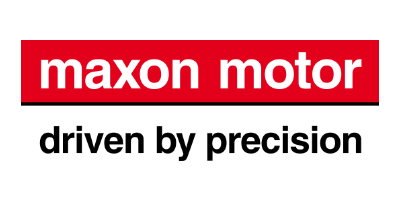



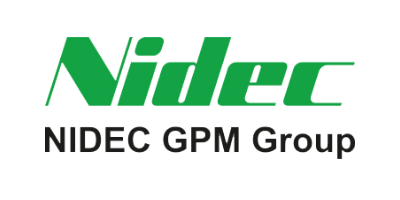

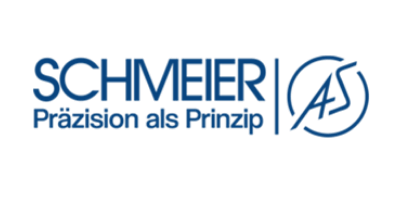
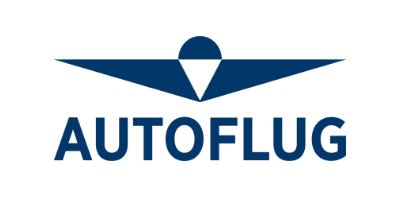
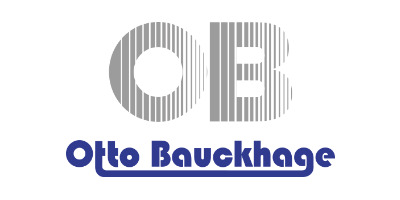
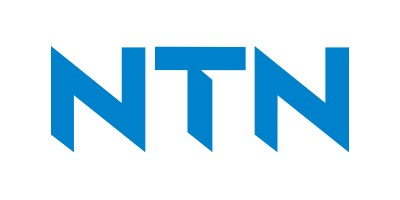
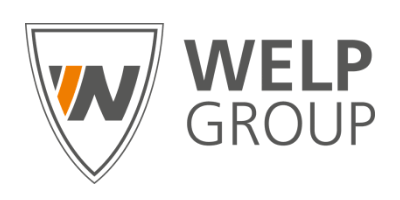
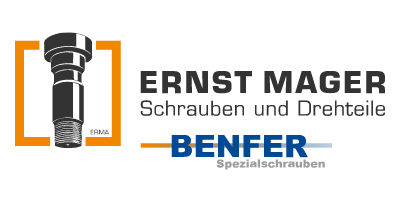
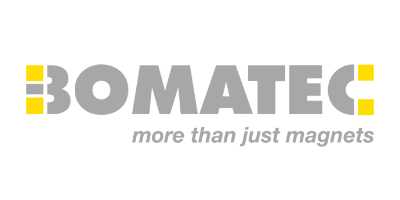
/bw_400x200-Lederer.png?width=400&height=200&name=bw_400x200-Lederer.png)


